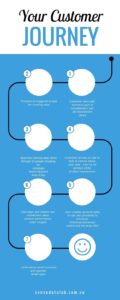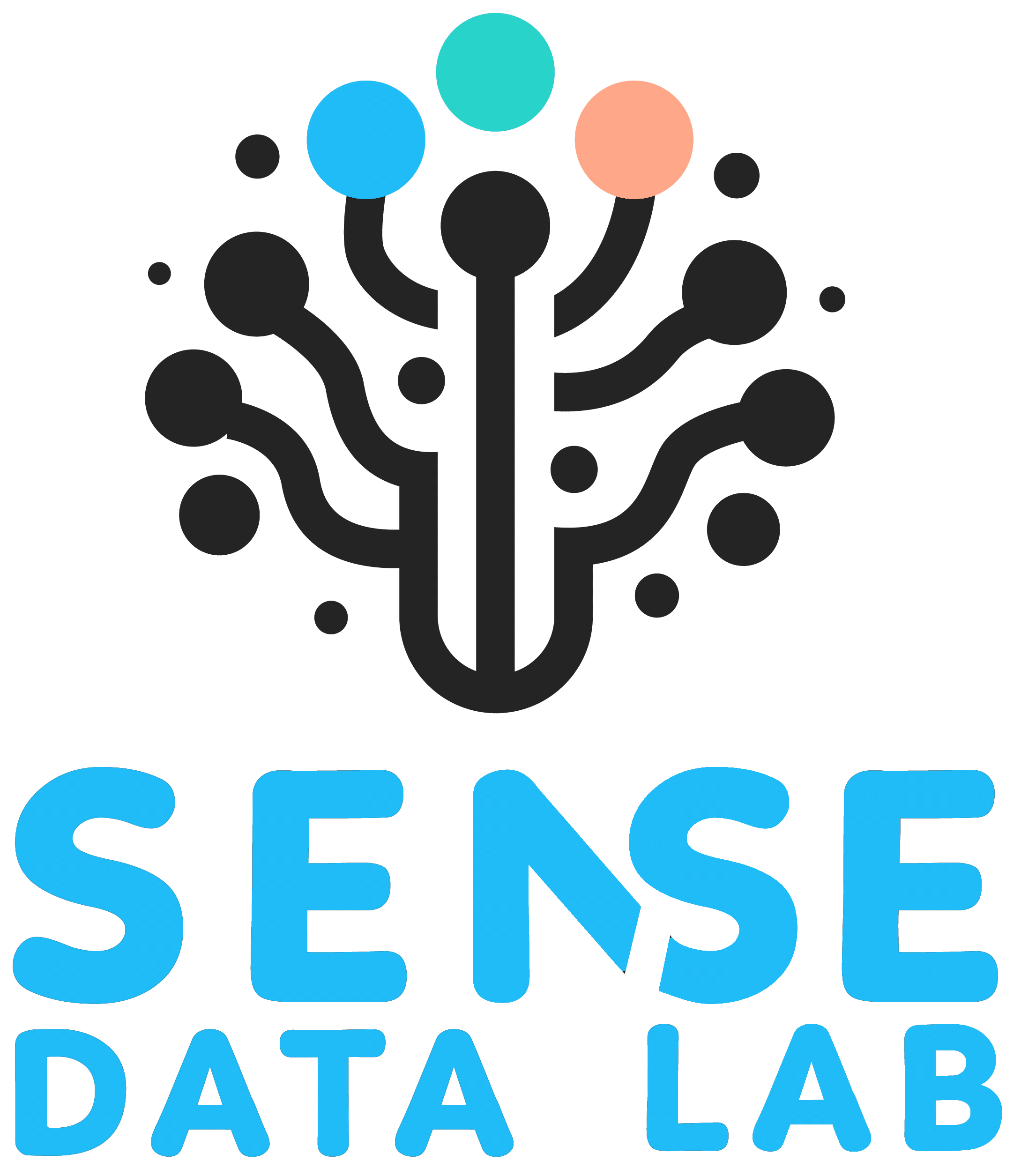By now you would have heard a lot of people talking about the power of data and using a data driven approach to marketing, in essence this approach is nothing new as companies have always had a data driven approach to their products and services even if this may have purely been based on sales or profit data and historical performance.
The fundamental difference however is the level of detail and “freshness” of data available to businesses and marketers these days. When talking about the power of web analytics I like use the store analogy.

Some basic metrics you might already be able to measure
The Physical World
Imagine you work in clothing store and you are standing there at the checkout. As you stand there looking at the minutes tick by on the clock a customer walks in and then proceeds to look at different clothes racks, trying on some clothes in the change room until finally settling on their favourite item, they then walk up to the till and pay you for the item of clothing that he/she has decided to purchase. You enter the customers information, take the payment and then he/she goes leaves the store.
From an interaction standpoint what you are left with in terms of data is fairly minimal, even if you or the sales representative did go up and talk to the customer and found out more information most of this knowledge is likely never passed on to senior management and the useful information dies then and there.
The digital world is obviously much different, we are able to track interactions on a granular level, and the fact that we have no store clerk ready to speak to the customer, pick up on cues and get feedback means that we have to be even more effective at servicing our prospects to ensure they complete their purchase.
The Digital World
So what might this process look like for an online clothing retailer and what information could be gained about a prospective buyer?
- The prospect has seen your display banners, blog articles that have placed you into their consideration set of brands.
- The prospect suddenly has a buying trigger (perhaps a awards night) and needs to find something to wear, they click through on a google shopping ad based off one of your ads for evening wear (perhaps from a keyword “evening wear”)
- They browse different outfits on your website, clicking the zoom in and quick view button as well as the details for the particular items.
- He/she then decided to create an account and purchase the item and then complete his purchase.
Even though this might not seem like a lot we now have a significant amount of information on both the customer profile and their interactions with your brand and products.
Providing your tracking has been setup correctly we now know amongst other things when and where the customer came from, what they looked at on your sight, how they interacted with your brand and products and how they moved through your online store to the checkout and even how they interact with your confirmation emails.
Analysis
This will provide you with data to start asking yourself questions like:
- How effective are our branding campaigns and blog articles at driving return visitors?
- Which search terms are driving the most visits and conversions, is there a particular hour or day where this ad is driving more conversions? Does the uptick in visits coincide with certain industry events?
- What items are receiving the most views and clicks? Which one is receiving the most conversions? And then if its receiving views and clicks why the low conversions? (could it be pricing related?)
- During the checkout process where do we see the highest amount of drop off? Could it be due to the long form which the customer has to fill out?
And these are just a small subset of questions, you will need to develop questions and hypothesis that are relevant to you as a marketer or a business that may help you reach your goal.
Ultimately analytics is about providing you with data that can help you formulate questions, hypothesis, create tests (against your desired outcome) and change your activity based on the results.
From a very basic standpoint the best predictor of future human behaviour is past behaviour and these days it is easier and cheaper than ever to implement tracking on granular level to track interactions and to ultimately enable you to provide the best product and service to your customers in the most efficient way possible.

Recent Comments